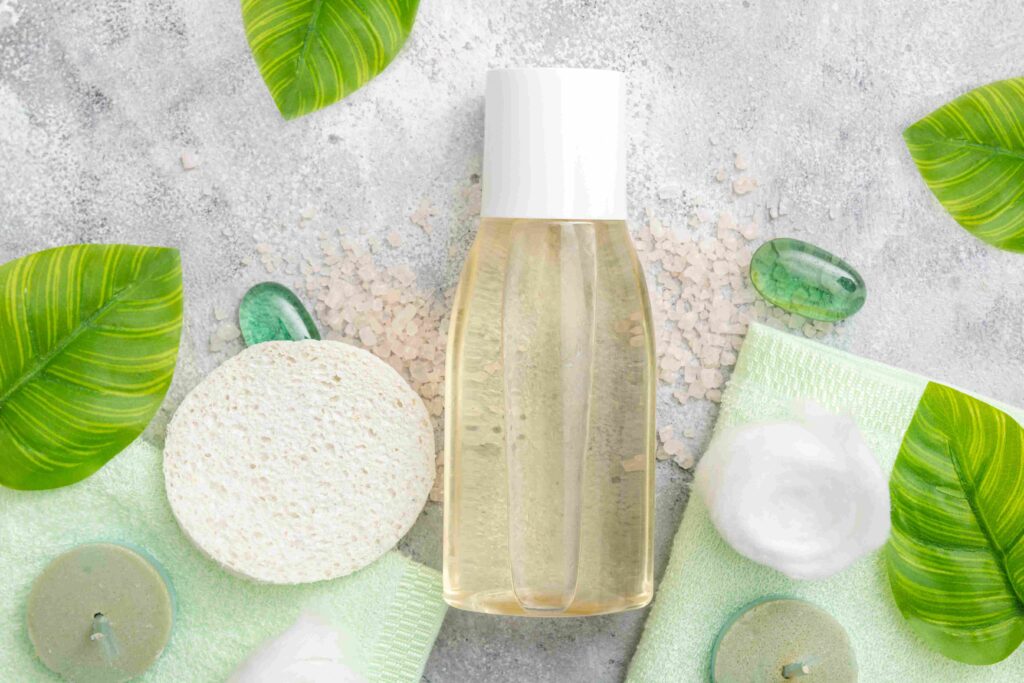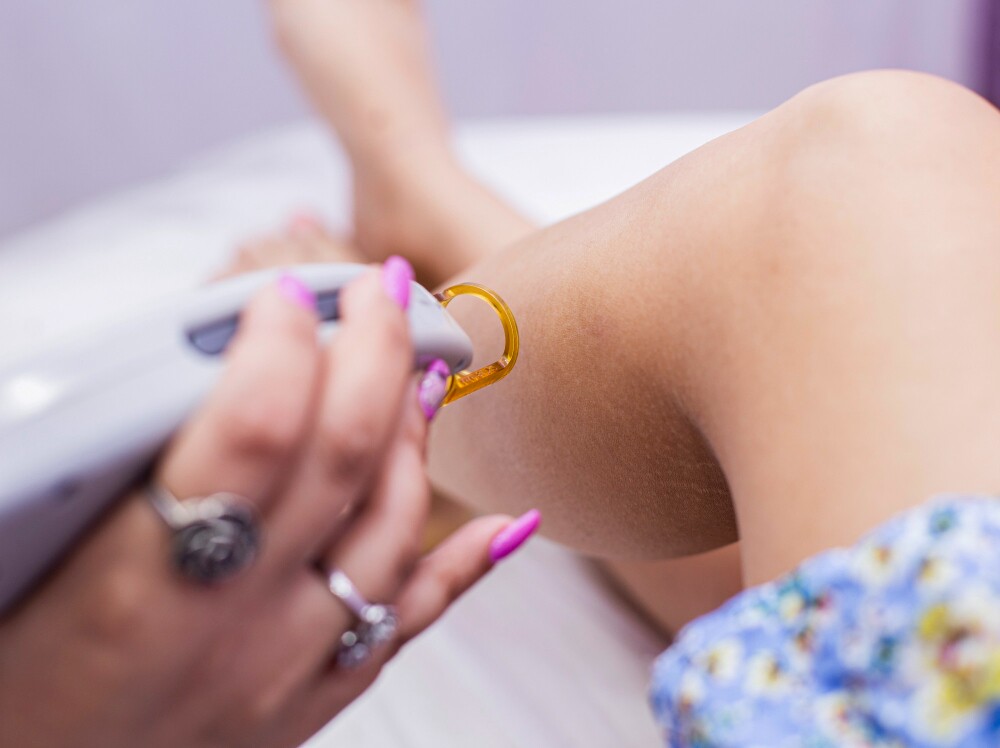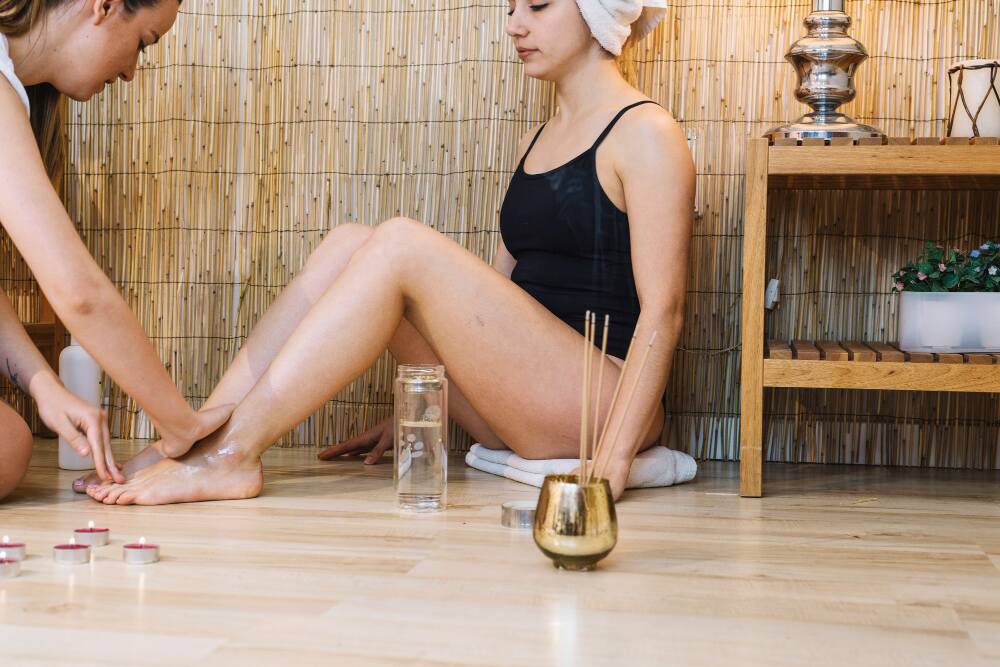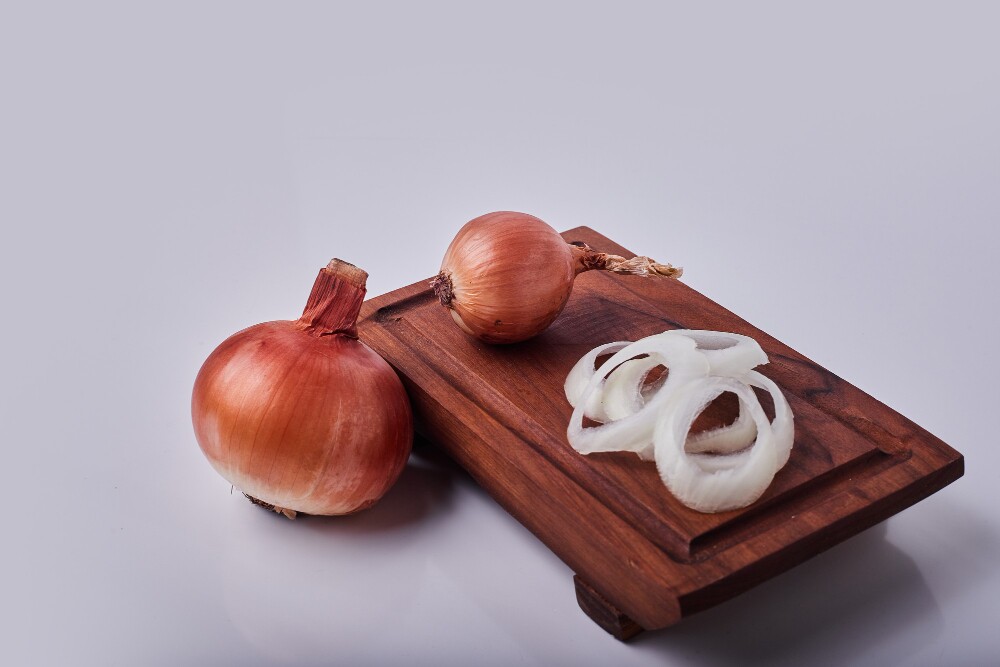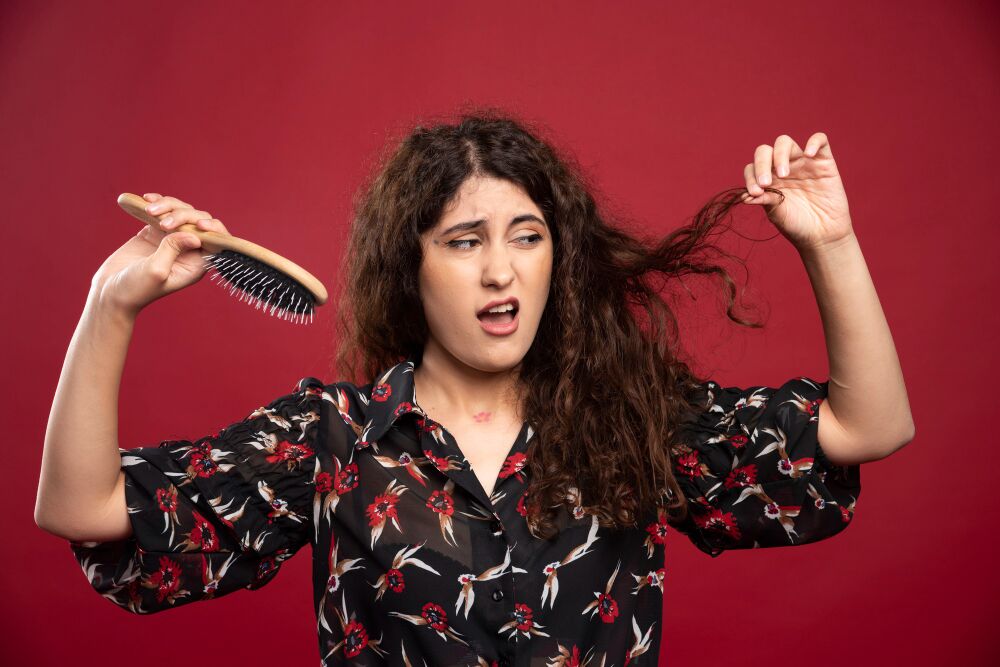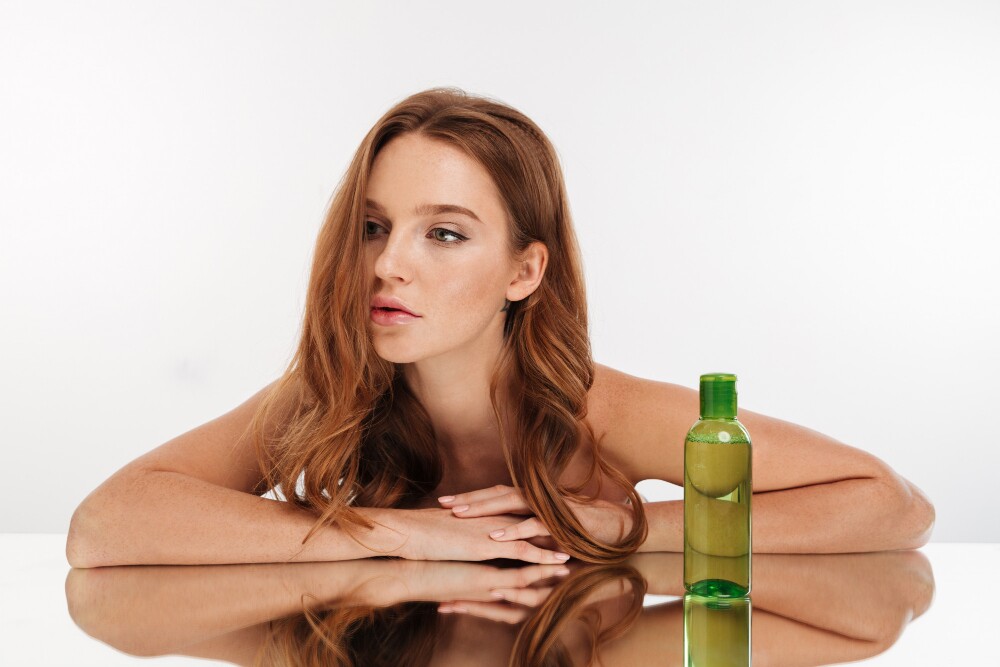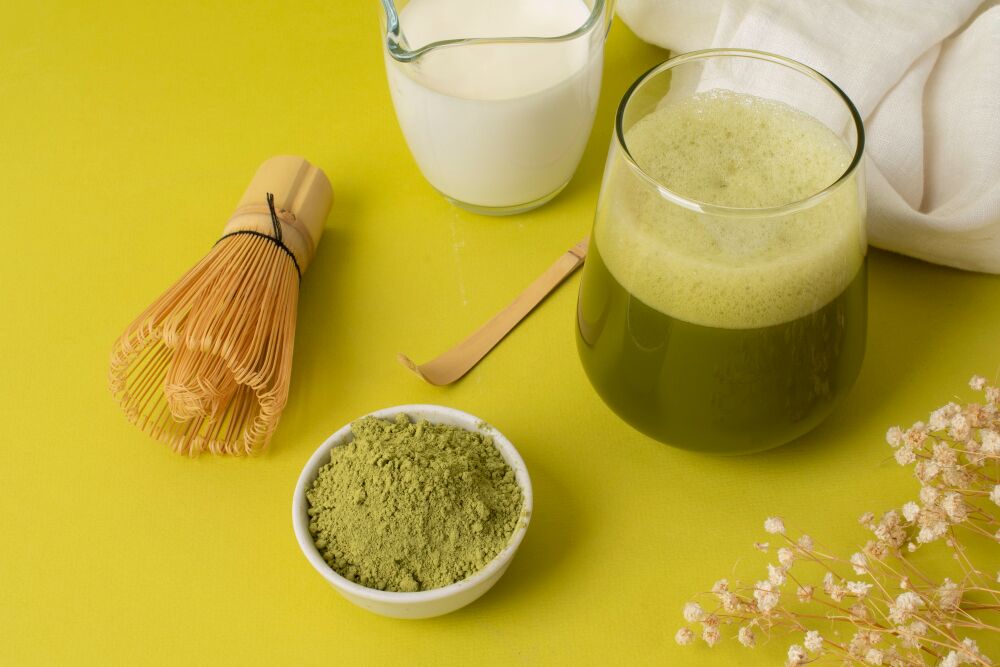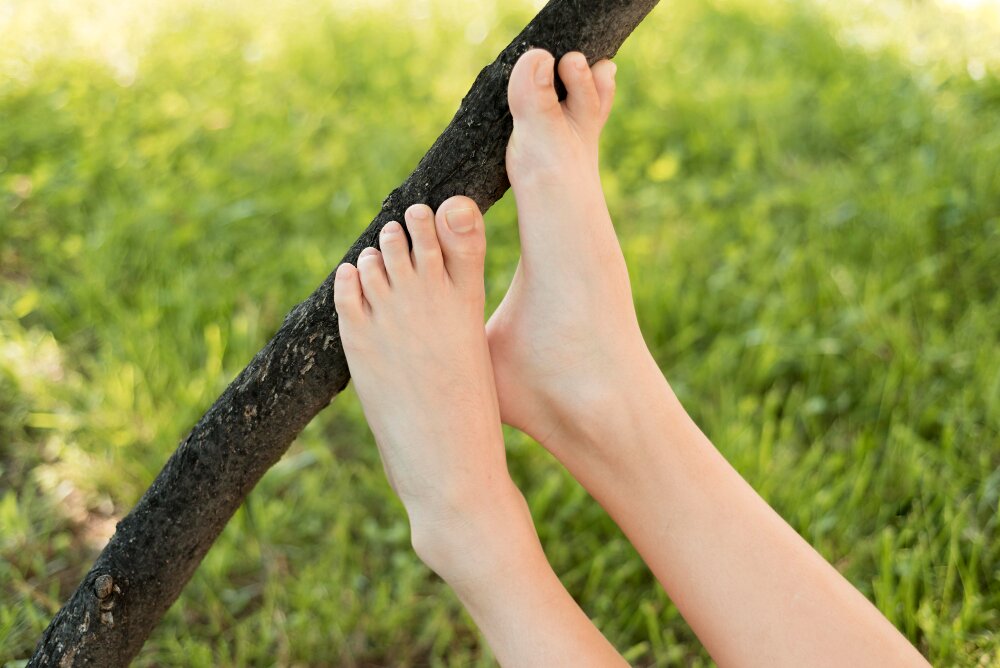The Aloe and Turmeric Gel for Skin and Hair
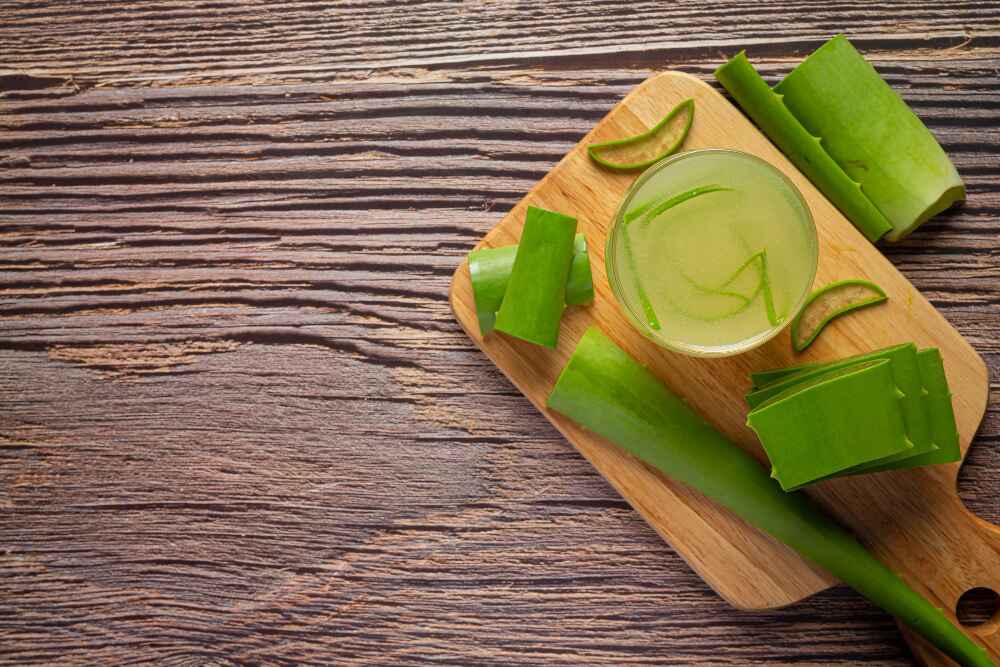
For centuries, aloe vera and turmeric have been revered for their remarkable properties in traditional medicine. Now, these age-old remedies are finding their way into modern beauty routines, often combined in a powerful gel for skin and hair care. This article delves into the science behind aloe vera and turmeric, explores the benefits of their gel form, and provides guidance on using it effectively for a radiant complexion and healthy hair.
Unveiling the Powerhouse: Aloe Vera
Aloe vera, a succulent plant with spiky green leaves, is a treasure trove of beneficial compounds. The gel found within the leaves boasts a long list of skin-soothing and health-promoting properties. Here’s a closer look at the key components that contribute to aloe vera’s effectiveness:
- Vitamins: Aloe vera is a rich source of vitamins A, C, and E, all essential for healthy skin. Vitamin A promotes cell turnover and regeneration, while vitamin C acts as an antioxidant and helps with collagen production. Vitamin E provides hydration and supports skin barrier function.
- Minerals: This wonder plant also contains a variety of minerals, including zinc, copper, and magnesium. Zinc plays a role in wound healing and reducing inflammation, while copper contributes to collagen synthesis and maintains skin elasticity. Magnesium helps calm the skin and reduces irritation.
- Enzymes: Aloe vera contains enzymes that break down dead skin cells, promoting a smoother, brighter complexion. Additionally, these enzymes may help reduce inflammation and promote healing.
- Polysaccharides: These complex sugars have incredible moisture-binding capabilities, keeping the skin hydrated and plump.
The Golden Spice: Unveiling Turmeric’s Magic
Turmeric, a vibrant yellow spice with a warm, earthy aroma, has been used in Ayurvedic medicine for millennia. Its active ingredient, curcumin, is responsible for its remarkable health benefits. Let’s explore how curcumin contributes to the effectiveness of aloe turmeric gel:
- Antioxidant Powerhouse: Curcumin is a potent antioxidant that fights free radicals, the harmful molecules that damage skin cells and contribute to wrinkles and signs of aging.
- Anti-inflammatory Properties: Curcumin’s anti-inflammatory properties can help soothe irritated skin, reduce redness caused by acne or eczema, and promote overall skin health.
- Wound Healing: Studies suggest that curcumin may accelerate wound healing by promoting collagen production and reducing inflammation.
The Marriage of Power: Benefits of Aloe Turmeric Gel
Combining aloe vera and turmeric in a gel form creates a synergistic product with a multitude of benefits for both skin and hair. Here’s a breakdown of the magic this combination works on your body:
Skin Benefits:
- Hydration and Soothing: Aloe vera’s hydrating properties combined with the soothing effects of curcumin create a perfect solution for dry, irritated skin.
- Acne Reduction: Curcumin’s anti-inflammatory and antibacterial properties can help combat acne breakouts and promote clearer skin.
- Anti-aging: Both aloe vera and turmeric exhibit antioxidant properties that help fight free radicals and may reduce the appearance of wrinkles and fine lines.
- Wound Healing: The combined effects of aloe vera and curcumin can accelerate wound healing and minimize scarring.
- Eczema and Psoriasis Relief: The anti-inflammatory properties of aloe vera and curcumin can provide relief from the itching and discomfort associated with eczema and psoriasis.
Hair Benefits:
- Dandruff Relief: Curcumin’s anti-inflammatory properties can help soothe an itchy scalp and reduce dandruff.
- Shine and Frizz Control: Aloe vera’s hydrating properties can nourish the scalp and hair follicles, promoting healthy hair growth and reducing frizz.
- Scalp Soothing: Aloe vera’s soothing properties can help calm an irritated scalp and reduce inflammation.
Using Aloe Turmeric Gel Effectively: A Practical Guide
Now that you understand the science behind aloe turmeric gel, let’s explore how to incorporate it into your beauty routine for optimal results. Here are some tips for using the gel effectively:
Choosing the Right Gel:
- Look for a Reputable Brand: Opt for a gel from a well-established brand that uses organic and high-quality ingredients.
- Check the Concentration: Ensure the gel has a high concentration of aloe vera (ideally above 90%) and a sufficient amount of turmeric extract.
- Read the Label: Be mindful of any additional ingredients, especially if you have sensitive skin.
Incorporating the Gel into Your Routine:
For Skin:
- Cleansing and Moisturizing: After cleansing your face, apply a thin layer of the gel as a lightweight moisturizer.
- Spot Treatment: Apply the gel directly to pimples or blemishes for targeted treatment.
- Face Mask: Apply a thicker layer of the gel and leave it on for 15-20
For Hair:
- Scalp Massage: Massage the gel into your scalp before shampooing. Leave it on for 15-20 minutes for nourishment and dandruff control.
- Leave-in Conditioner: Apply a small amount of the gel to the ends of your hair after washing to reduce frizz and dryness.
- Hair Mask: For a deeper conditioning treatment, apply the gel generously throughout your hair and leave it on for 30 minutes or overnight before washing it off.
DIY Aloe Turmeric Gel (Optional):
If you prefer a more natural approach, you can create your own aloe turmeric gel at home. Here’s how:
Ingredients:
- Fresh aloe vera leaf
- 1 teaspoon ground turmeric powder
- Optional: 1-2 drops of vitamin E oil (for extra nourishment and as a preservative)
Instructions:
- Extract the Aloe Gel: Carefully remove the outer layer of an aloe vera leaf and scoop out the clear gel.
- Blend the Ingredients: Blend the aloe vera gel with the turmeric powder (and vitamin E oil if using) until smooth.
- Strain and Store: Strain the mixture through a cheesecloth to remove any fibrous parts. Store your gel in an airtight container in the refrigerator for up to a week.
Important Considerations and Precautions:
- Patch Test: Before applying the gel to your entire face or scalp, perform a patch test on a small area to check for any allergic reactions.
- Sun Sensitivity: Turmeric may make your skin more sensitive to the sun. Ensure you wear adequate sunscreen, especially if using the gel during daytime.
- Consult with a Doctor: If you have a chronic skin condition, consult with a dermatologist before using aloe turmeric gel.
- Avoid Contact with Eyes: Take care to avoid getting the gel into your eyes. If this happens, rinse thoroughly with water.
Potential Side Effects:
While aloe turmeric gel is generally safe for topical use, some individuals may experience the following:
- Skin Irritation: In rare cases, the gel may cause mild irritation or redness, especially in individuals with sensitive skin.
- Staining: Turmeric can temporarily stain the skin and light-colored fabrics, so use with caution and rinse any spills immediately.
Additional Tips for Optimum Results:
- Be Consistent: For noticeable results, use the gel regularly as part of your skin and hair care routine.
- Pay Attention to Your Skin’s Response: Listen to your skin. If you experience any adverse reactions, discontinue use and consult a doctor if necessary.
- Store Properly: Store your aloe turmeric gel in the refrigerator to extend its shelf life and preserve its beneficial properties.
- Combine with a Healthy Lifestyle: Remember, healthy skin and hair come from within. Maintain a balanced diet, manage stress, and stay hydrated for optimal results.
Conclusion
Aloe vera and turmeric gel is a versatile natural product with an extensive range of benefits for both skin and hair. By incorporating this potent combination into your routine, you can soothe irritated skin, combat acne, reduce wrinkles, and promote healthy, shiny hair. Embrace the healing power of nature and experience the transformative effects of aloe turmeric gel for a radiant glow!
Disclaimer: While natural remedies can be beneficial, it’s always wise to consult a doctor before making significant changes to your skin or hair care regimen, especially if you have any existing conditions or concerns.

